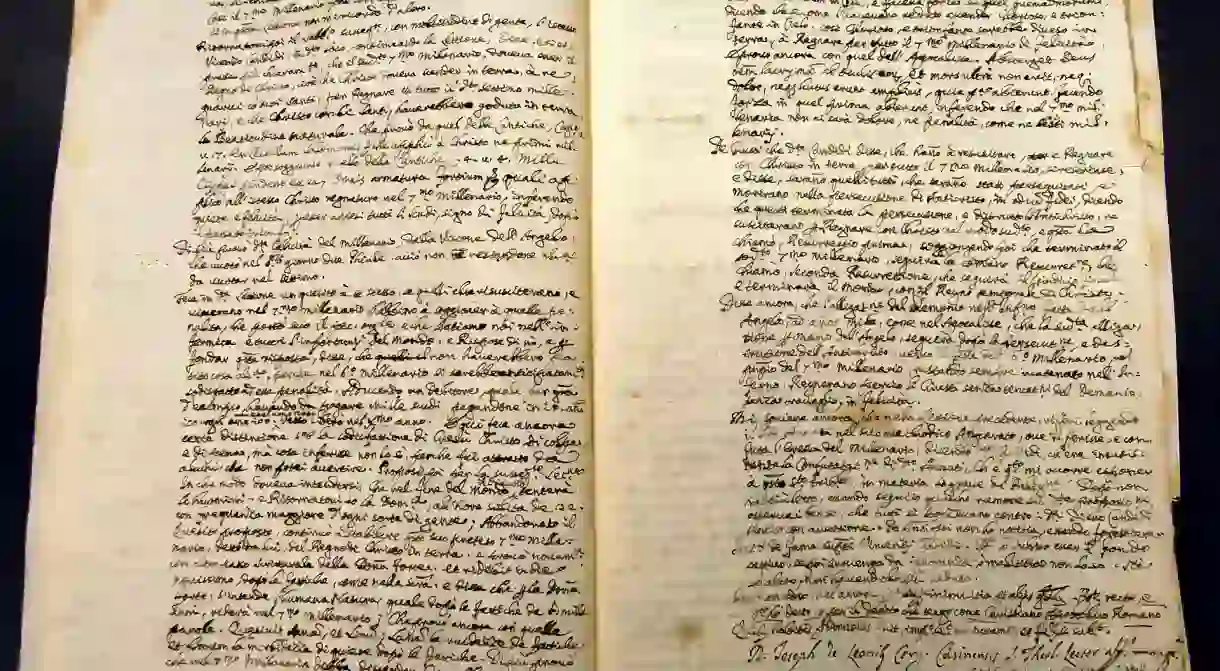10 Things You Didn´t Know About the Icelandic Language

This North Germanic language spoken by the 330,000 native speakers is notoriously difficult to grasp and rather strange sounding. However, Icelandic and some of the intricacies discussed here are a source of national pride, and Icelanders take great care in ensuring that it sustains itself though younger generations speak Icelandic with many loan words from English.

Scandinavian Root Language
Icelandic is the root of modern Danish, Swedish, Norwegian, and Faroese. When settlers arrived in Iceland in the 9th century from Norway speaking Old Norse, they preserved the language while it evolved in the other countries into what we know today as the distinct modern Scandinavian languages.
Old Norse
Those who can read modern Icelandic should also be able to read the manuscripts written in Old Norse between the 10th and the 13th centuries such as the Eddas and Sagas.
Originally an Oral Language
The use of Latin letters was introduced in the 12th century by monks, at which point, Sagas and Eddas were written down. Previously, they had been part of an oral-storytelling tradition.
Icelandic Naming Committee
Iceland has a naming committee. If a parent wants to give their child a name that has never been used before, they must first have permission from the naming committee to make sure that it fits into Icelandic grammar rules for inflections.

Gluggaveður
There are many words and phrases that exist in Icelandic that don’t exist in English. Gluggaveður, for example, means ‘window weather’ and describes when the weather looks warm and inviting from inside. Once outside, you realize it is cold and windy.
You can Speak on the Inhale
It is very common to hear a sentence being spoken on the inhale instead of taking a pause in speaking.
32 Letters in the Alphabet
There are 32 letters in the Icelandic alphabet: the English alphabet plus the letters á, æ, ð, é, í, ó, ö, þ, ú, and ý, and minus the letters c, q, w, and z.

Icelandic Movie Titles
Icelanders can get very creative when translating foreign movie titles into Icelandic. For example, Lethal Weapon (1987) is Tveir á toppnum (Two at the Top) or Eyes Wide Shut (1999) which is Haltu mér, slepptu mér (Hold Me, Let Me Go).
Up to 16 Noun Inflections
An inflected language, Icelandic has modifying words to express different things like the inclusion of an article, gender, voice, case, number, and aspect. The word for horse, for example, is hestur, butit can also appear as hest, hestinn, hesti, hestinum, hests, hestsins, hestar, hesta, hestum, hesta, hestarnir, hestana, hestunum, hestanna depending on the context.
Constantly Growing
Instead of borrowing foreign words for things like computer and telephone, a new word usually taken from an outdated word is repurposed. The word for ‘computer,’ for example, is tölva which literally means ‘number oracle’ and is borrowed from a word used in the Sagas.













